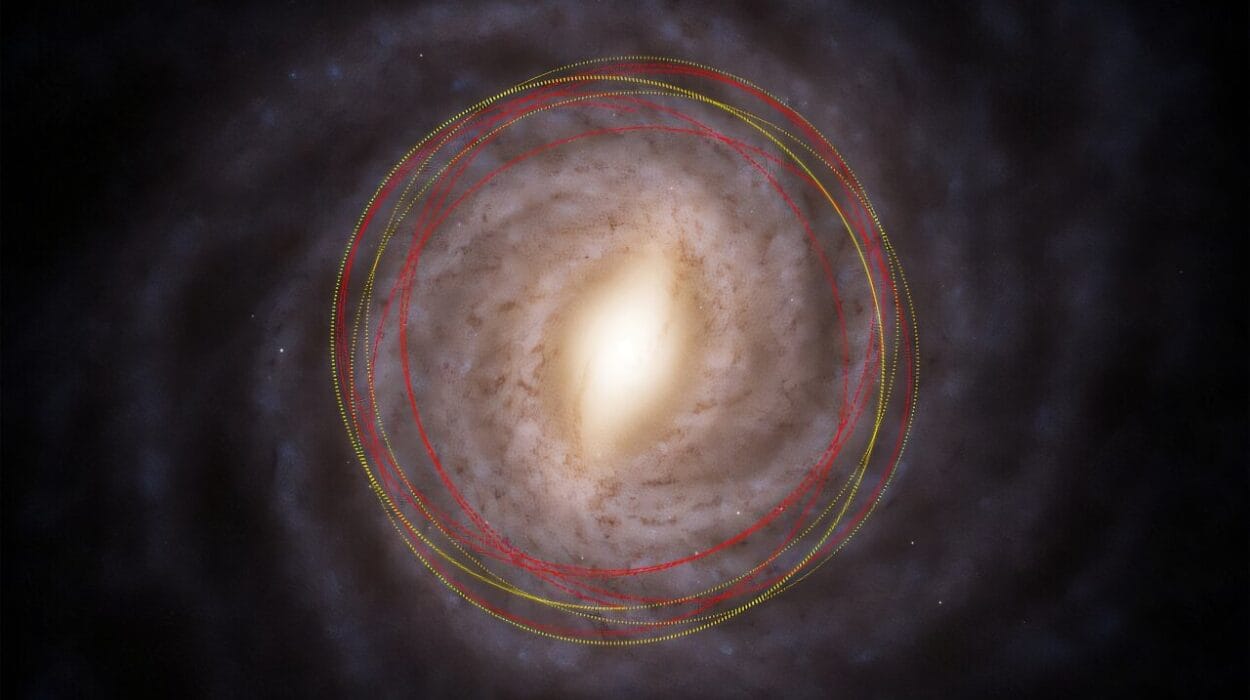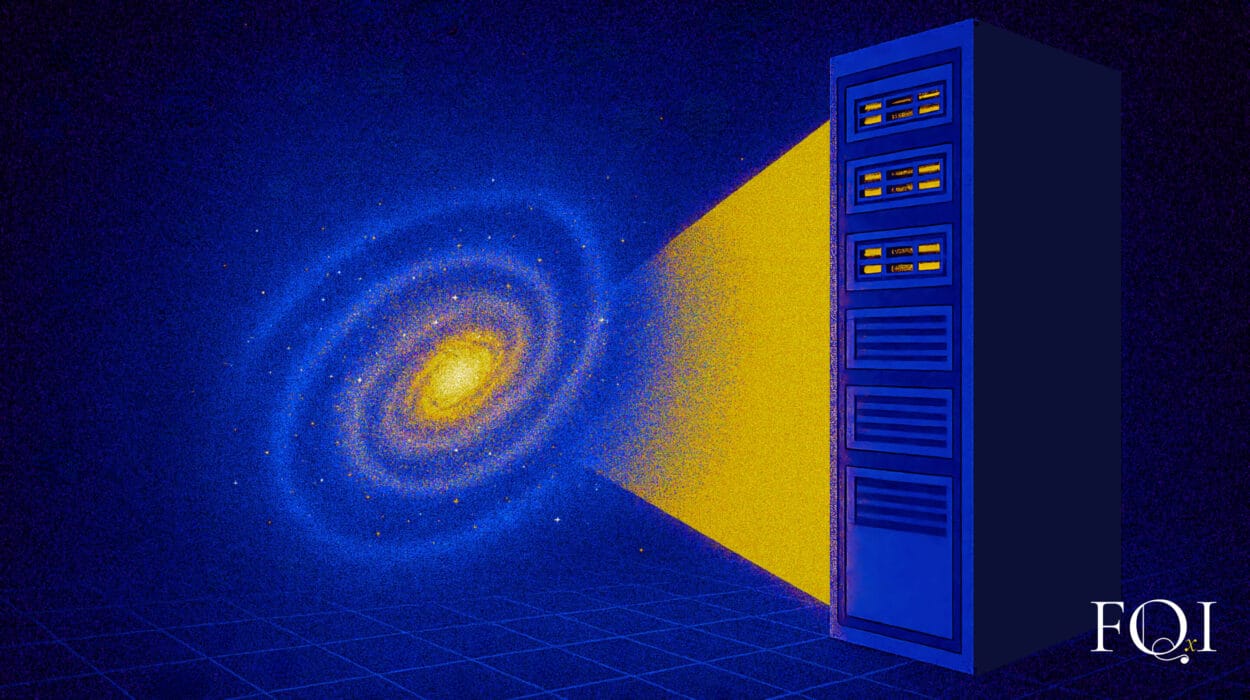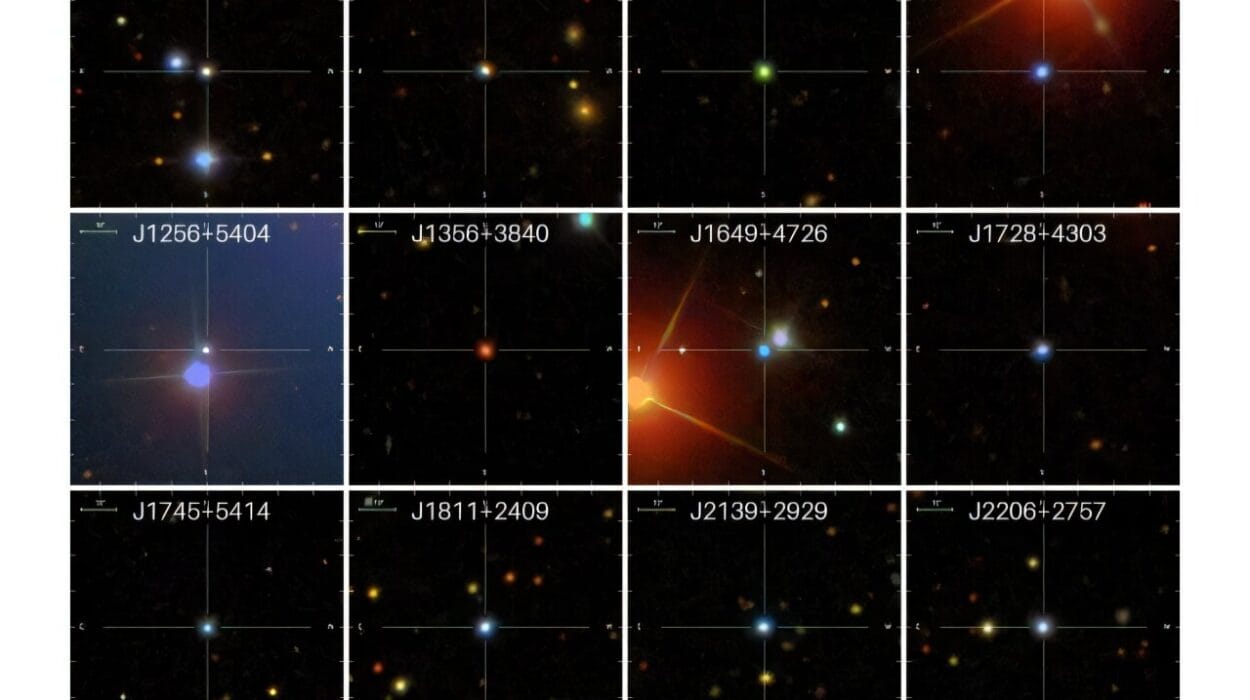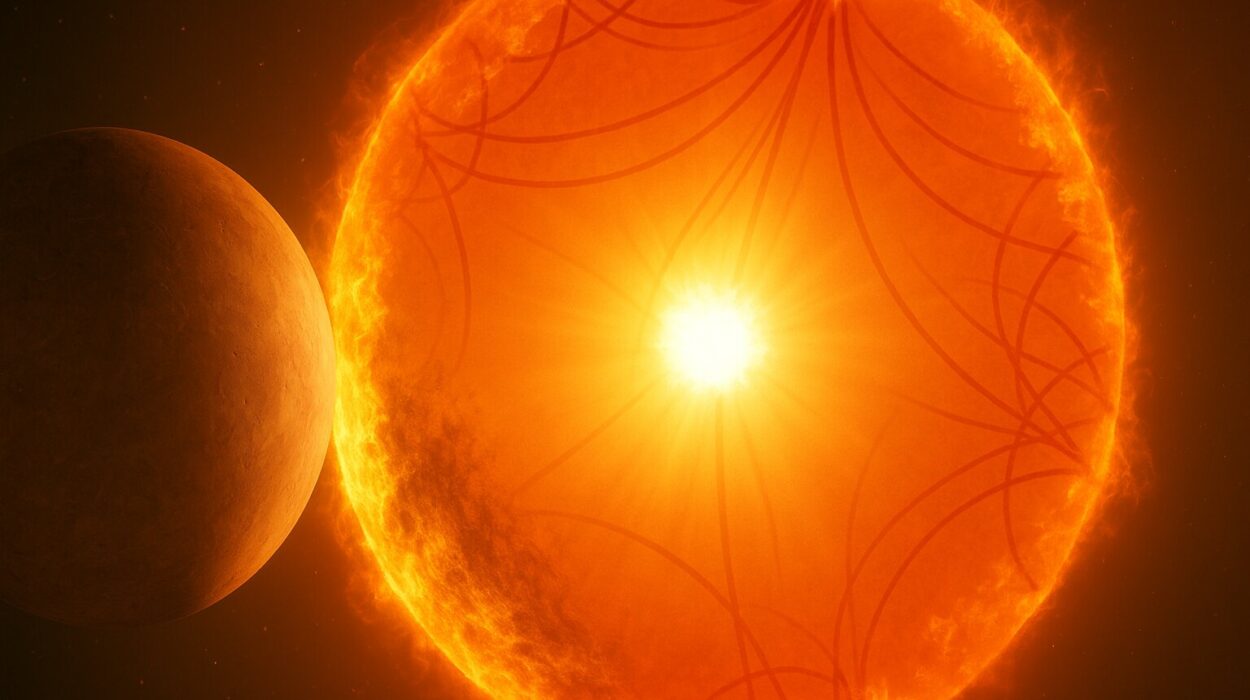In the depths of our galaxy, more than 4,500 light-years from Earth, two extraordinary cosmic objects are locked in a gravitational dance that lights up the universe in some of its most energetic radiation. Known as HESS J0632+057, this rare gamma-ray binary has puzzled astronomers for over a decade.
Now, an international team of scientists, led by Jaegeun Park of Chungbuk National University in South Korea, has taken the most detailed look yet at this system. By combining observations across multiple wavelengths — from optical light to powerful X-rays and high-energy gamma rays — they’ve uncovered new evidence about how the system’s two components interact, and why it occasionally erupts in brilliant flares.
The results, posted July 31 on the pre-print server arXiv, offer the clearest picture yet of one of the galaxy’s most elusive high-energy phenomena.
What Makes Gamma-Ray Binaries So Rare
A gamma-ray binary is a kind of cosmic duet. On one side is a massive, luminous star — in this case, a hot Be-type star with a surrounding disk of gas spun off from its equator. On the other is a compact object — either a neutron star or a black hole — whose gravity and energetic winds stir up the environment in spectacular ways.
In TeV gamma-ray binaries (TGBs), the interaction between these two components generates some of the highest-energy light in the universe, in the tera-electronvolt range. Such systems are incredibly rare — only a handful are known — which makes every piece of new data precious.
What astronomers know about HESS J0632+057 so far suggests that its compact companion is likely a pulsar — an ultra-dense, rapidly rotating neutron star that emits beams of radiation like a cosmic lighthouse. The two objects complete one orbit around each other roughly every 310 to 320 days.
The Dance Through the Star’s Disk
One of the system’s most intriguing features is the decretion disk of the Be star — a flattened ring of gas ejected from the star’s surface. As the pulsar moves through its orbit, it periodically plunges through this disk.
This passage is far from gentle. The collision of the pulsar’s powerful wind with the dense disk material generates bursts of high-energy radiation, including X-ray and TeV gamma-ray flares. These flares are signposts of a violent interaction zone where particles are accelerated to near-light speed.
Previous studies hinted at this disk-crossing behavior, but the new multiwavelength campaign has allowed astronomers to pinpoint its timing and characteristics with unprecedented accuracy.
A Multiwavelength Investigation
To capture the full picture, Park’s team used some of the most advanced tools available:
- The Southern African Large Telescope (SALT) to study the system’s optical light.
- NASA’s Swift spacecraft and NuSTAR observatory for X-ray data.
- The VERITAS gamma-ray observatory for TeV energy measurements.
By aligning data from all these instruments, the researchers traced how the system’s emission changes over the course of its orbit.
They found that at orbital phases between 0.3 and 0.4 — a segment of the pulsar’s year-long journey — the X-ray spectrum shows increased absorption. This matches earlier findings and strongly supports the idea that this is when the pulsar passes through the Be star’s disk.
Measuring a Cosmic Structure
From the timing of these events, the team estimated that the enhancement in X-ray flux and the increase in hydrogen column density each lasted for about 0.1 of the orbital period. This suggests that the disk has an opening angle of roughly 36 degrees, assuming a circular orbit.
The X-ray emission during this interaction phase wasn’t steady. It showed both short-term fluctuations — changing in less than three days — and long-term shifts over multiple orbital cycles. The short-term variability could be explained by a “clumpy” disk, with denser regions briefly blocking or enhancing the X-ray output. The long-term changes likely point to the disk itself expanding or contracting over time.
The Mystery of the TeV Flares
During the disk-crossing phase, VERITAS detected bursts of TeV gamma rays. These flares, the researchers believe, are driven by more than one mechanism. The pulsar wind slamming into the disk may be the main trigger, but magnetic reconnection events or shock acceleration in turbulent regions could also contribute.
Understanding the precise cause of these high-energy outbursts is key to learning how particles are accelerated to such extreme energies — a question that touches on everything from pulsar physics to cosmic ray origins.
Why It Matters
Systems like HESS J0632+057 are not just astronomical curiosities. They are natural laboratories for studying extreme physics — environments with magnetic fields billions of times stronger than Earth’s, matter moving at near-light speed, and energies that dwarf anything humanity can produce.
Every new observation helps refine models of how matter and energy behave under these conditions. It also strengthens the link between stellar evolution, neutron star formation, and the high-energy processes that shape our galaxy.
As Park’s team continues to monitor the system, they hope to catch it in the act of another powerful flare, using the full spectrum of observational tools to decode one of the universe’s most energetic and enigmatic dances.
More information: Jaegeun Park et al, Multi-wavelength Study of HESS J0632+057: New Insights into Pulsar-Disk Interaction, arXiv (2025). DOI: 10.48550/arxiv.2507.23304






